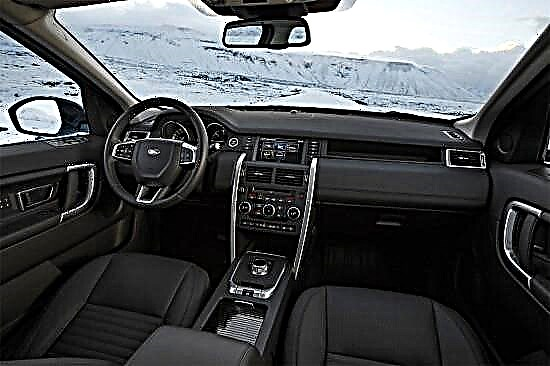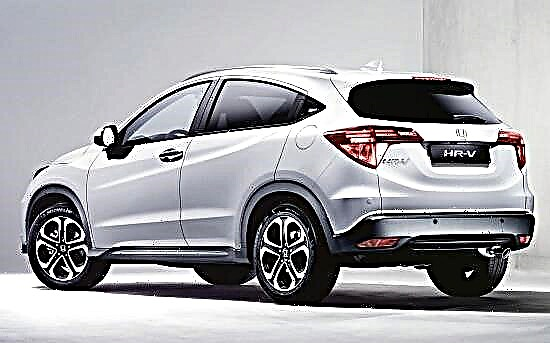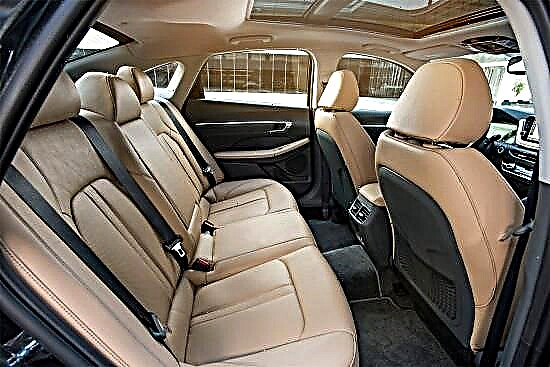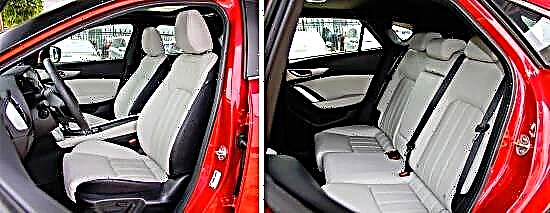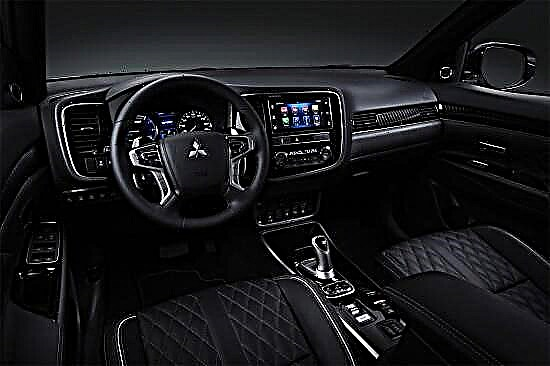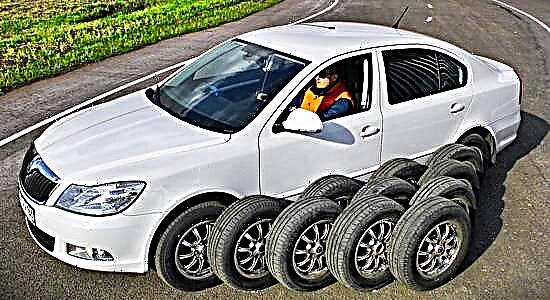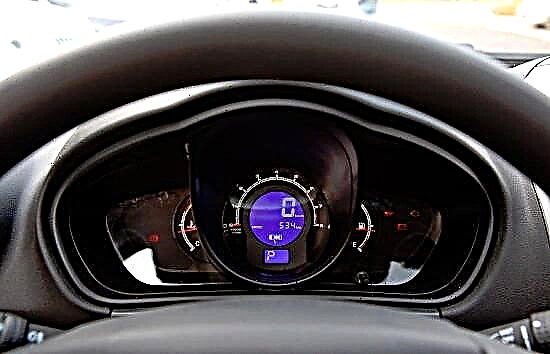A blocker (mechanical anti-theft device) is a special locking device that prevents access to the car's engine, controls, or prevents the car from starting to move. You will learn more about blockers in this article.
Typically, the bollard is installed on the vehicle controls: gearbox, steering wheel and pedal assembly. Bonnet locks and external wheel locks are also common.
All blockers are divided into two types: mounted and built-in. Hinged bollards are a single mechanism that can be installed and removed as a whole. For example, “spacers” on the steering wheel, pedal lock and wheel lock.
Built-in bollards have a different design. With a built-in blocker, the entire mechanism of the blocker (bracket-body and lock) is mounted on the car, and only the locking pin is removed. Locks for the transmission, steering wheel and hood can be built-in.
The main advantage of hinged bollards is that it is ready for use immediately after purchase, but their resistance to theft is worse (the “spacer” on the steering wheel can only interfere with an amateur, it will not save you from “savvy” hijackers).
Recessed bollards need to be installed in a specialized workshop, and this takes time and costs money. However, the "anti-theft resistance" of built-in bollards is much higher. To open a professionally installed blocker, you also need “professional” skills, tools, and most importantly - time (which the hijackers always have in short supply).
And which node of the car is better to block is an individual question and depends both on the technical features of the car and on the personal preferences of its owner. Of the hinged bollards, the most popular "spacers" on the steering wheel - they are easy to use. The pedal lock is less popular - you need to fiddle with it in an uncomfortable position on the floor, where it is dirty and dark. Few people use a wheel lock either - overall (but this is a favorite "fun" of European police officers who put on "shackles" for improper parking).
Among the built-in blockers, the gearbox blocker is very popular, many put the blocker on the steering wheel. The hood lock is popular with the owners of VAZ and some foreign cars; it prevents access to the engine compartment and does not allow hijackers to remove the engine lock.
Do not assume that mechanical anti-theft devices can replace electronic ones. This statement can only be applied to old and inexpensive cars (up to $ 1000), on which installing a more or less reliable alarm will be more expensive than the car itself. In other cases, the blocker cannot replace the electronic security system ... it can supplement it.
The role of the blocker in car security is to create another obstacle for the hijackers, where they can waste their precious time. And when the planned theft plan is violated, criminals often abandon the car, preferring not to risk it.
In a car security complex, a mechanical lock closes such a lack of electronic systems as the possibility of “smart burglary” and quick shutdown. A mechanical device cannot be opened by any code grabber, you only need to break it physically. In turn, the blocker cannot report an attempt on the car and this role is played by the electronics.
It is theoretically possible to install several blockers - this will create more obstacles for the hijackers. But using such a “safe” will be extremely inconvenient (each time opening and closing several locks - not everyone will like it).
Also, when installing a built-in bollard, an intrusion into the interior of the car occurs. To install the blocker, in some cases, parts of the upholstery are cut out, holes are made. Of course, with professional installation, the bollard is practically invisible, only the lock slot and the head of the locking pin remain. By the way, the more secretly the blocker is installed, the better it is in terms of its anti-theft properties: it is more difficult to get to it with a power tool.
The prices for blockers vary greatly. The cost of the "spacer" of the steering wheel starts from 800-1000 rubles. (for the Chinese no-name, but such a blocker is capable of breaking a teenager) up to 2000-4000 rubles. (for better quality "spacers" of Russian or European production).
Recessed bollards are more expensive (mainly due to installation costs). The blocker itself will cost 1000-2000 rubles. plus from 2500 rubles. for the installation. In "complex" salons, where the lock must be carefully hidden under the upholstery and integrated into the unit, the installation of a lock can cost up to 10,000 rubles. and more.

